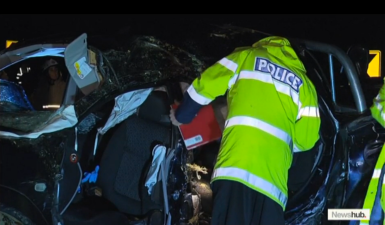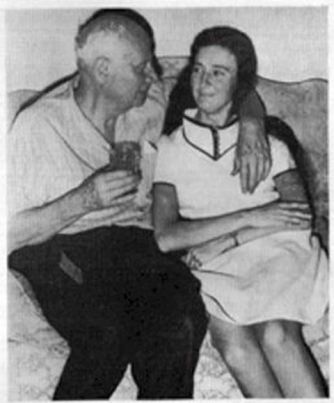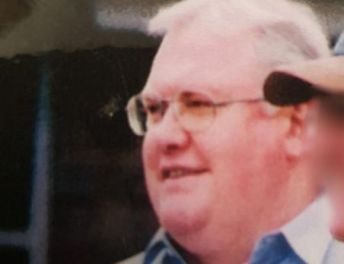“Drink makes a strong man stronger, and a weak man weaker.”
“These great men, they knew how to handle their drink.”
“You’re not drunk until you can’t walk.”
These were just some of the phrases we heard bandied about while growing up in the Exclusive Brethren (who now refer to themselves as the Plymouth Brethren Christian Church). The sect placed a strong emphasis on the consumption of alcohol, elevating it to a level that was almost spiritual.

It came as no surprise to hear a few days ago that a member of the church has been charged with drink driving over a fatal car crash. A mother and two teens died in June this year when the 4WD they were travelling in veered off the road and hit a tree on Baylys Coast Road in Northland, New Zealand. Four other passengers were injured.
Witnesses suggested the vehicle was driving erratically on a nearby beach a short time earlier. The 49-year-old driver now faces seven charges of drink driving, and one charge of failing to remain at the scene of an accident. He will appear at the Dargaville District Court next week.

Susannah Stewart, Sadie Stewart and James Wearmouth appear to be the latest victims of a pervasive culture of drinking that has overshadowed the Exclusive Brethren church for half a century. Yet it hasn’t always been this way.
Until the 1960s, the Brethren were generally teetotallers. Like those in many other conservative religious groups, most members saw alcohol as a vice that was to be avoided. But the rules changed once James Taylor Jnr assumed leadership of the church.
The New York businessman was a shy person, thrust into the limelight following the death of his father, James Taylor Snr, who had led the church for nearly 50 years. Leadership did not come naturally. Shooting back some whiskey helped calm his nerves before leading church services.
Exclusive Brethren behaviour can be like a giant game of “Simon Says”. If the leader cries “jump!” members reply “how high?” When it became clear the new world leader was a drinker, everyone else followed suit. It ushered in an extraordinary period of alcoholism for the church.

Taylor Jnr’s drinking came to a spectacular head when he slurred and joked his way through church meetings at the Scottish town of Aberdeen in 1970. He was then found in bed with the naked wife of another man. Thousands of Brethren left the church in protest. Unrepentant, Taylor Jnr invited the young woman and her husband to visit him in New York. There, a newspaper photographed him sitting with a drink in one hand while he draped the other over her breast. He died a few months later – a broken, alcohol-soaked shadow of his former self.
Taylor Jnr’s legacy reverberated within the Exclusive Brethren for decades following his death. Drinking became a firmly established part of the church’s culture. Ngaire Thomas describes in her book, “Behind Closed Doors”, how she was pressured to drink while pregnant. My great-grandfather’s brother was excommunicated because he refused to have alcohol in his house. And with good reason – his grandfather had been an alcoholic, and he’d seen how that ended.
We learnt to drink from a young age. Alcohol was a social lubricant, an anti-depressant, and a coping mechanism. A friend confided that he found it difficult to sit through church services unless he’d had a couple of stiff drinks beforehand. My cousins insisted you could tell the measure of a man by how strong he served his drinks. My uncle, who refused to pour a whiskey and coke any stronger than 50/50, was considered a scrooge.
Brethren often used to drive while drunk. It was common for members to have their licenses suspended after being caught driving under the influence. The Brethren were devious about covering their tracks. One crash involved two young men; a church leader whisked them from the scene of the accident, and plied them with more drinks at his home before calling the police. He then explained he’d given them a stiff whiskey because they were shaken by what had happened. It neatly sidestepped any chance of police being able to prove drink driving.

As in the 1960s, the drinking culture went right to the top. In 2008 I sat next to the current world leader of the church, Bruce D. Hales, as he threw back drinks at a dinner party. Tumblers filled to the brim with whiskey; no mixers, just a handful of ice. I counted at least five, and then we moved on to wine. Afterward, we marvelled at how much he could drink without appearing intoxicated. “It just goes to show the moral strength of these great men, you know.”
More recently, the Brethren have become aware of the dangers of excessive drinking. A string of alcohol-related deaths thrust the issue into the spotlight, and a number of people sought addiction treatment. The church took the unprecedented step of holding seminars to educate members on responsible drinking.
Yet the boozing persists. Earlier this year, Jill Moxham told the Sunday Star Times she knew she had to leave the church before she drank herself to death. That meant leaving behind her six children. And now, three people dead in a car crash.
The bottle is an easy solution for members left with nowhere else to turn. It eases pain, drowns sorrows, and helps take the edge off living in a cruel and repressive system.
What now?
Lives ruined, a community in denial.
The Exclusive Brethren drinking culture has no end in sight.
